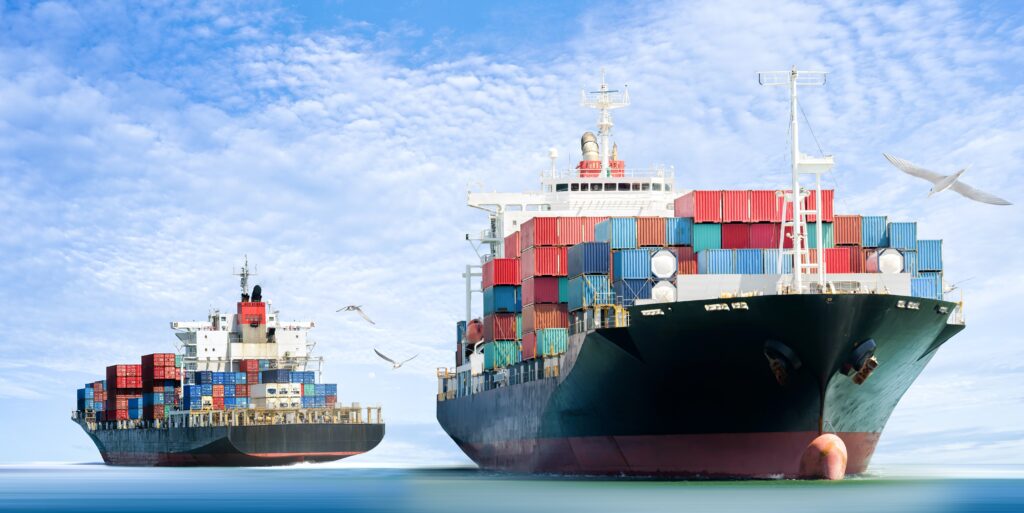We have previously discussed the ability to improve decision making and risk selection through the use of Quest Marine Hull’s risk assessment module. This case study provides further context to the visibility of risk using both new and traditional modelling methods.
The following results have been deduced from a live model and anonymised for public use.
Here we have two vessels that are identical based on static rating factors. They are owned and operated by the same company, have the same gross tonnage, deadweight, age, and flag. Based on these factors alone, the market would likely price both vessels the same.
| Ship A | Influential Factor | Ship B |
| Bulk Carriers | Vessel Type | Bulk Carriers |
| 34,748 | Gross Tonnage | 34,748 |
| 61,288 | Deadweight | 61,288 |
| 2 | Age | 2 |
| Liberia | Flag | Liberia |
However, individual vessel behaviour has not been accounted for. Behaviour is a far more accurate indicator of risk and can therefore influence the price of insurance for each vessel. We can understand the impact of individual vessel behaviour by analysing the Expected Loss value for each ship using the Quest Marine Pricing Module.
| Ship A | Influential Factor | Ship B |
| $36,163 | Expected Loss Valuation | $19,892 |
| 1 in 13-year loss | Frequency | 1 in 17-year loss |
| $464,962 | Severity | $343,507 |
Now, with behaviour considered, we can see that the Expected Loss valuation of Ship A is 1.8 times that of the Ship B. The influential factors highlight which specific behaviours are causing the disparity between the two vessels.
| Ship A | Influential Factor | Ship B |
| 5,021 | Average distance travelled per month | 4,174 |
| 32 | Fleet size technical manager | 32 |
| 6 | Main engine number of cylinders | 6 |
| 37 | Total number of unique journeys | 16 |
| 0.011 | Casualty score | 0.009 |
| 0.066 | Engine model score | 0.066 |
From the selection of factors in the table above, we can see that Ship A travels further on average per month than Ship B. Average distance travelled per month is a critical factor in a Behavioural Pricing Model, hence the relative influence on the Expected Loss valuation. Ship A is also a greater risk because it does more unique journeys than Ship B. A journey is defined as a vessel travelling between two ports, which means that Ship A is more exposed to port risk than Ship B. The Casualty Score, which is based on vessel incidents reported, is also higher for Ship A.
Highlighting the unique behavioural differences between these two assets reinforces how a behavioural view on risk improves decision making. The impact on pricing can be dramatic, leading to a better understanding of what appropriate cover looks like for new prospects, as well as the positioning of existing accounts within a portfolio.
For a more detailed look at how machine learning can transform business capabilities, read the white paper.
For more on Quest’s pricing capabilities check out ‘ Expected loss valuation and new capabilities‘.


